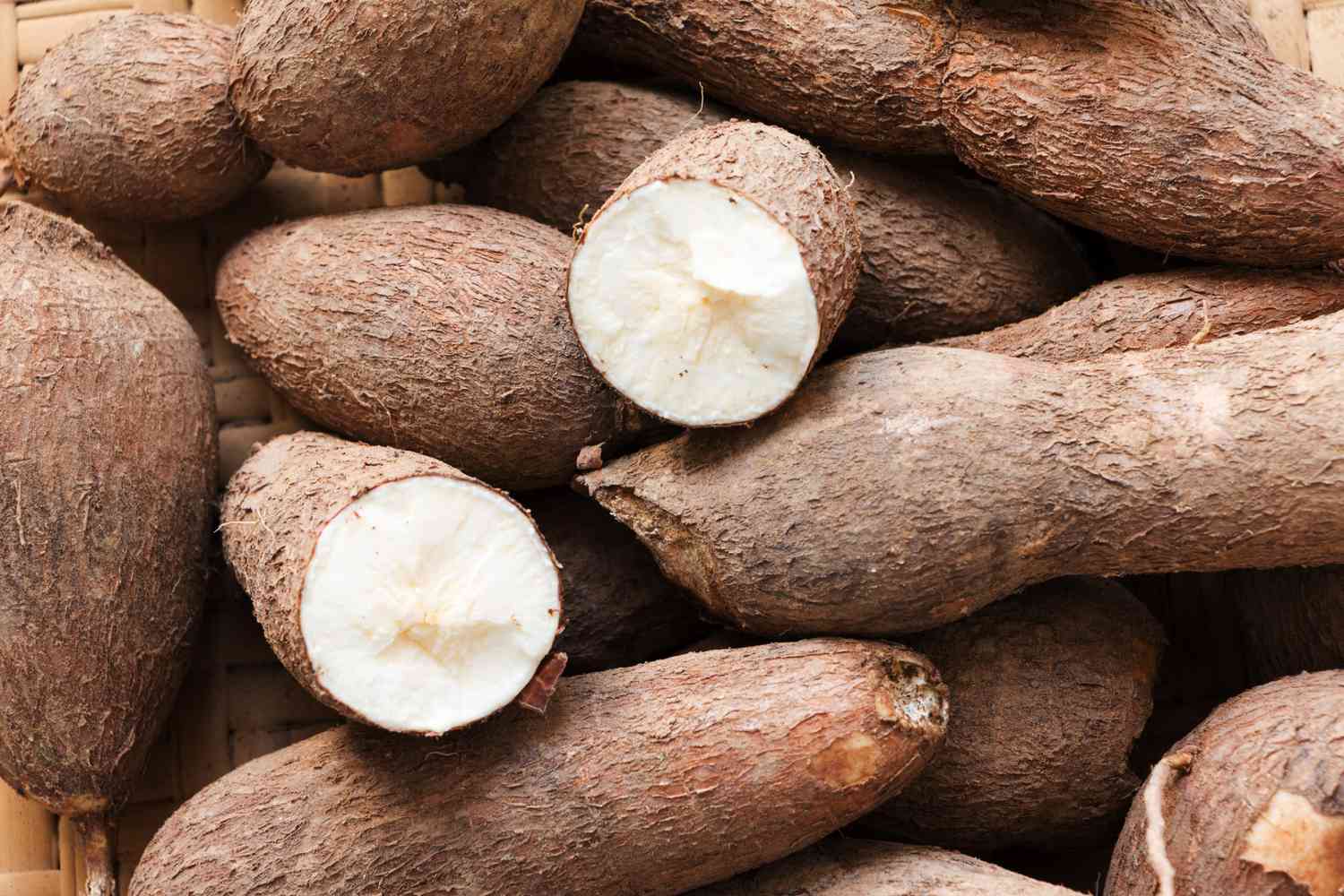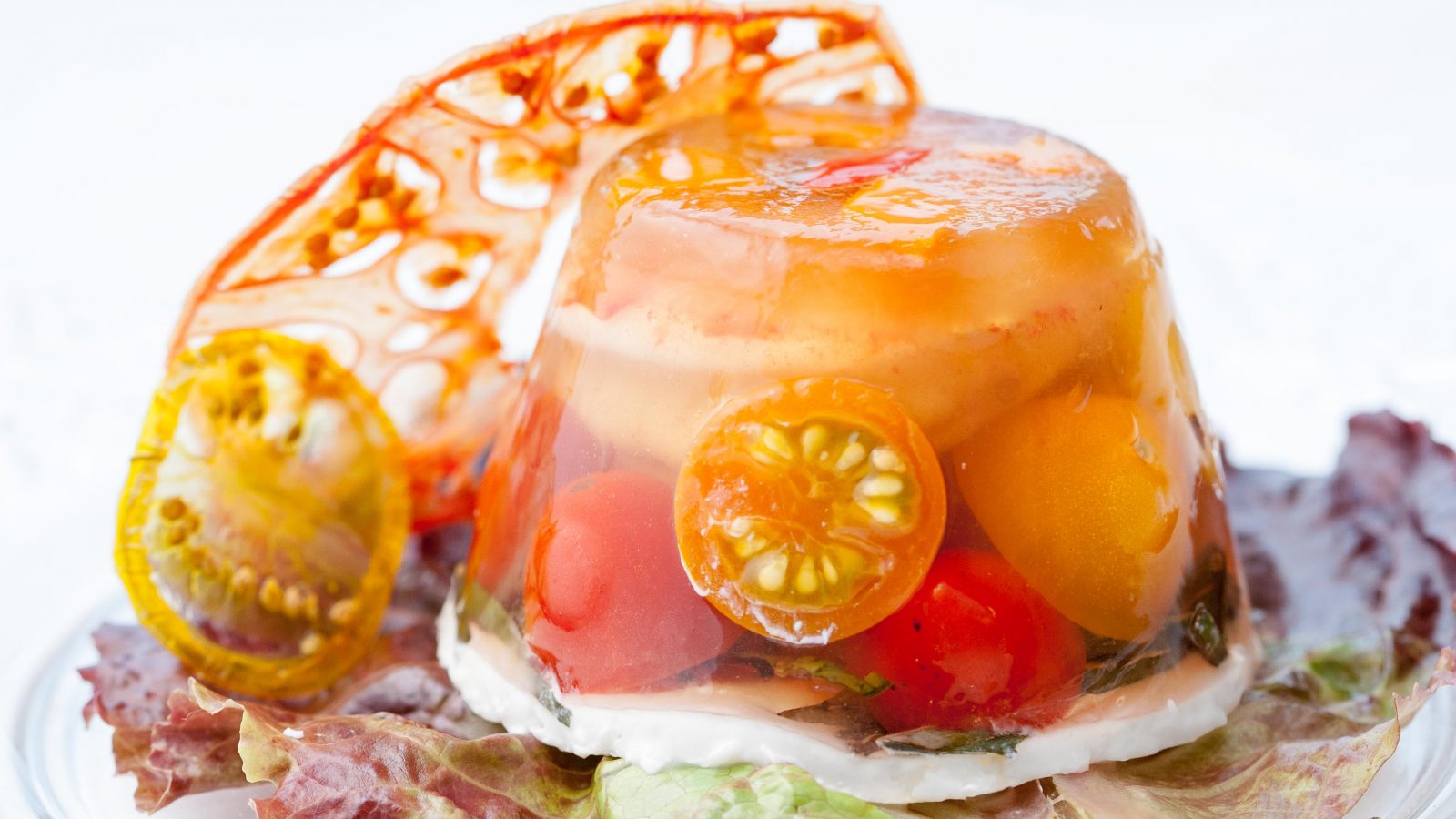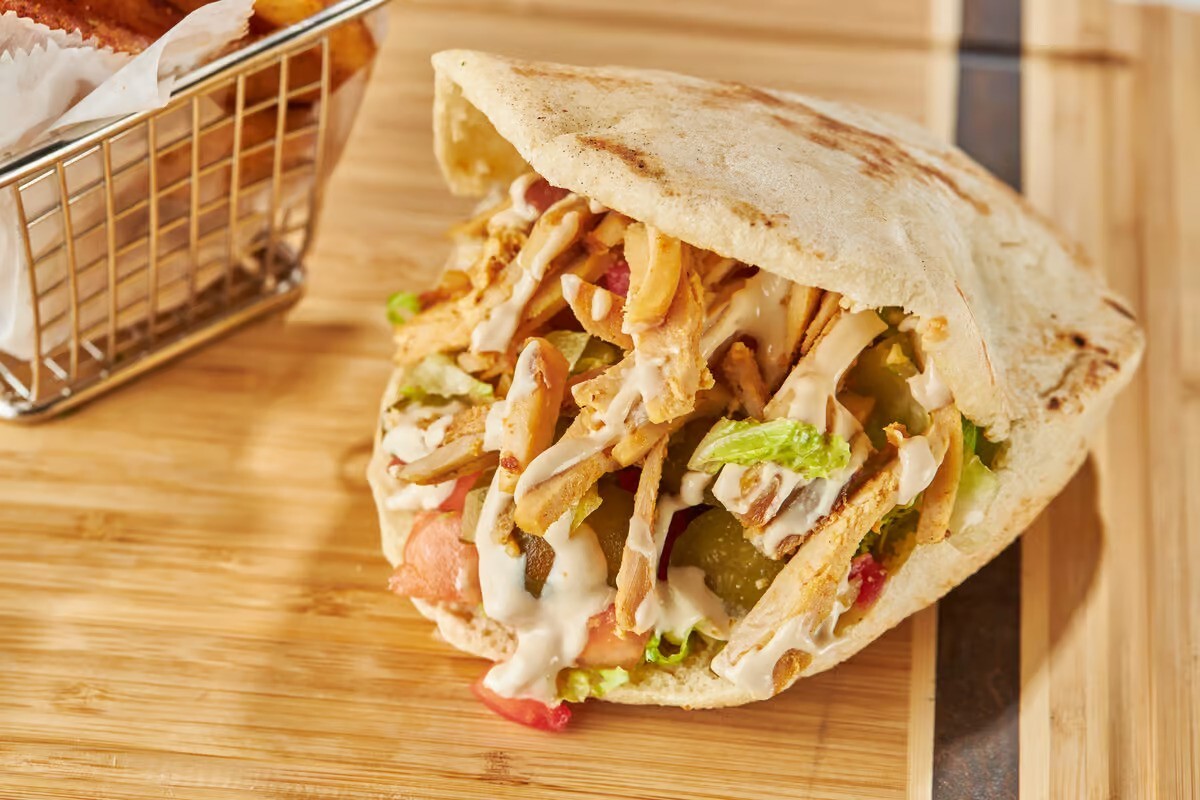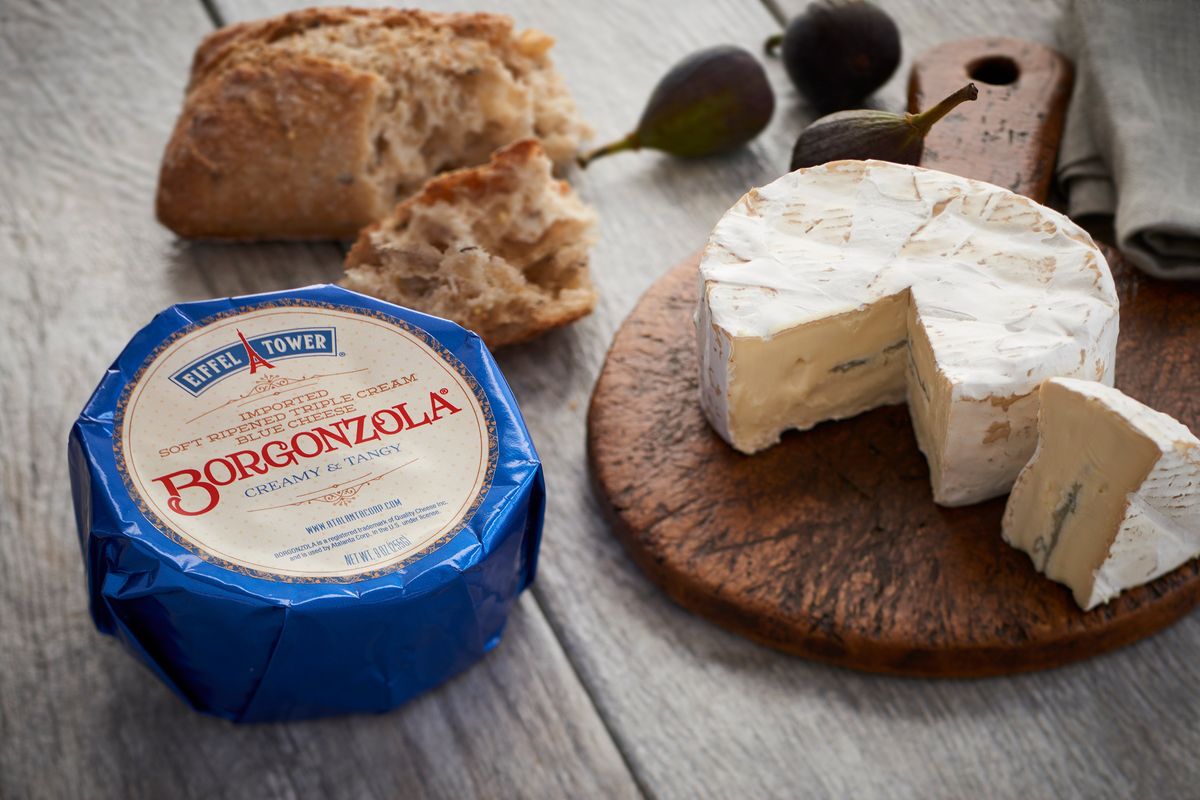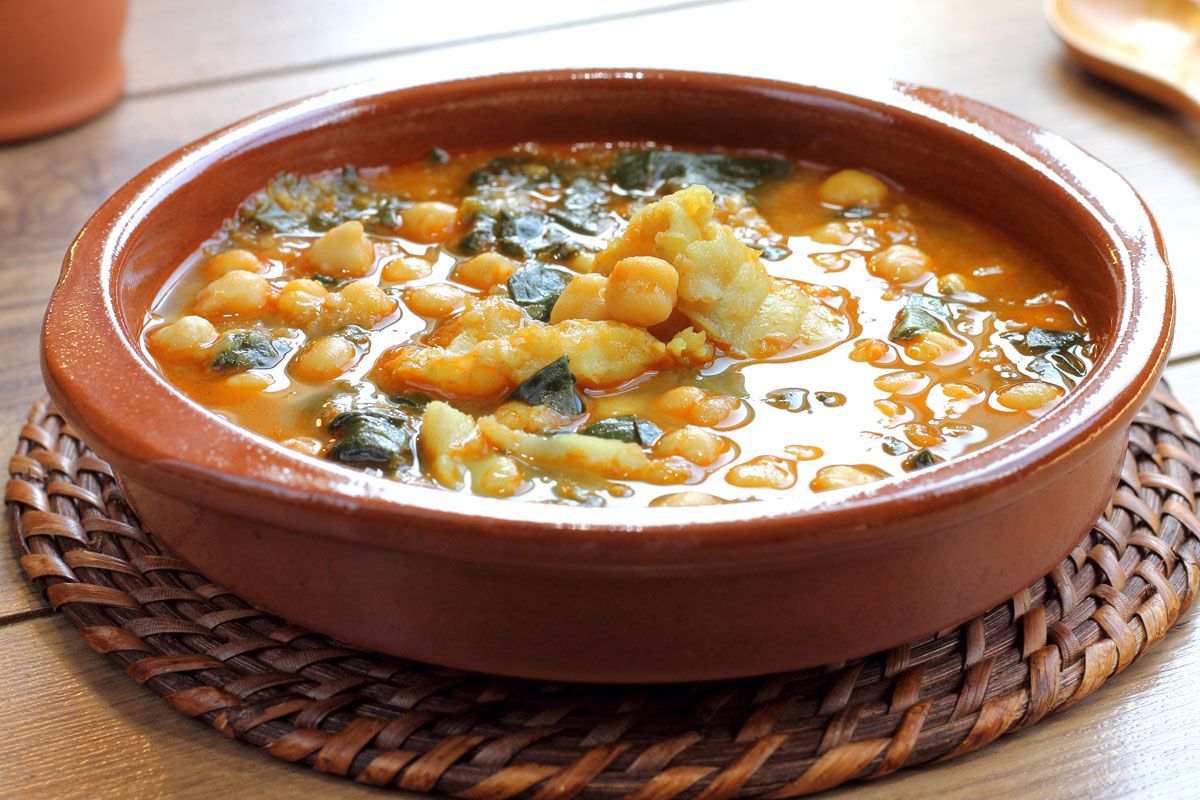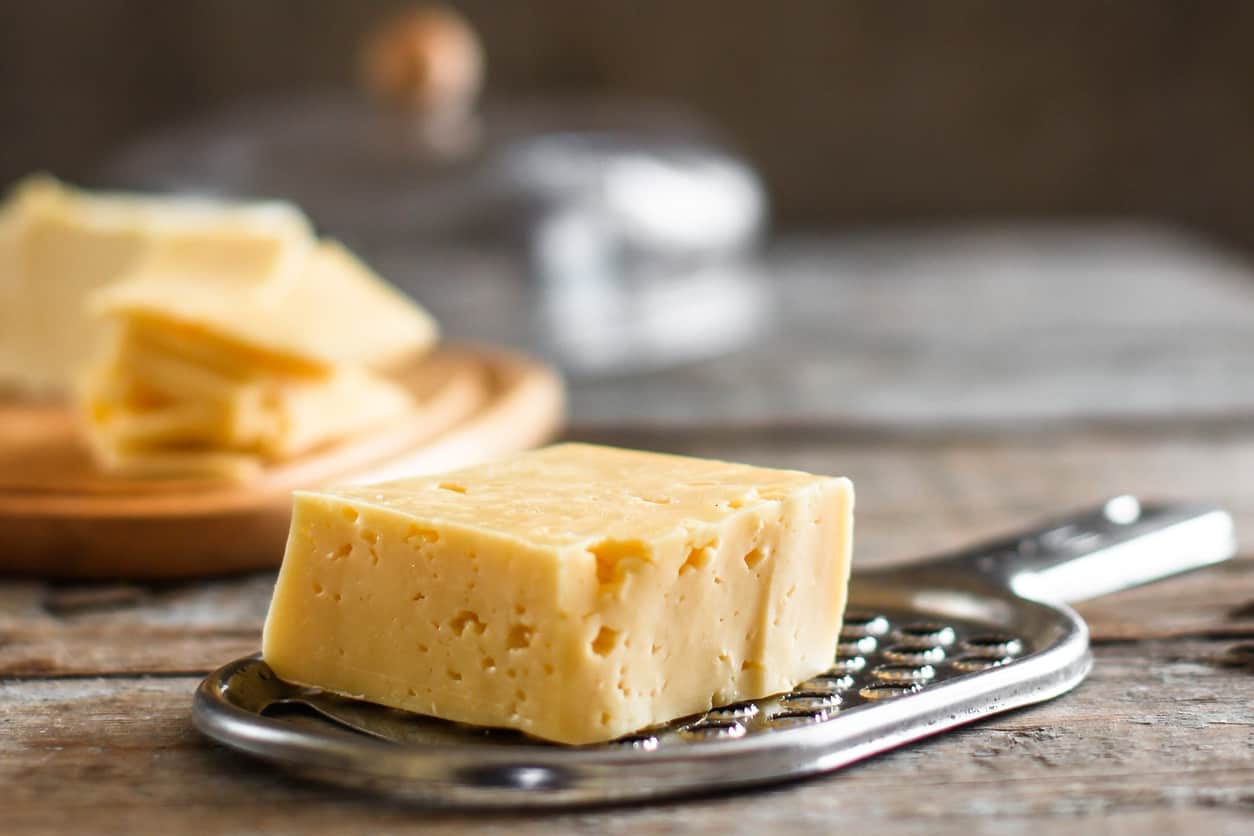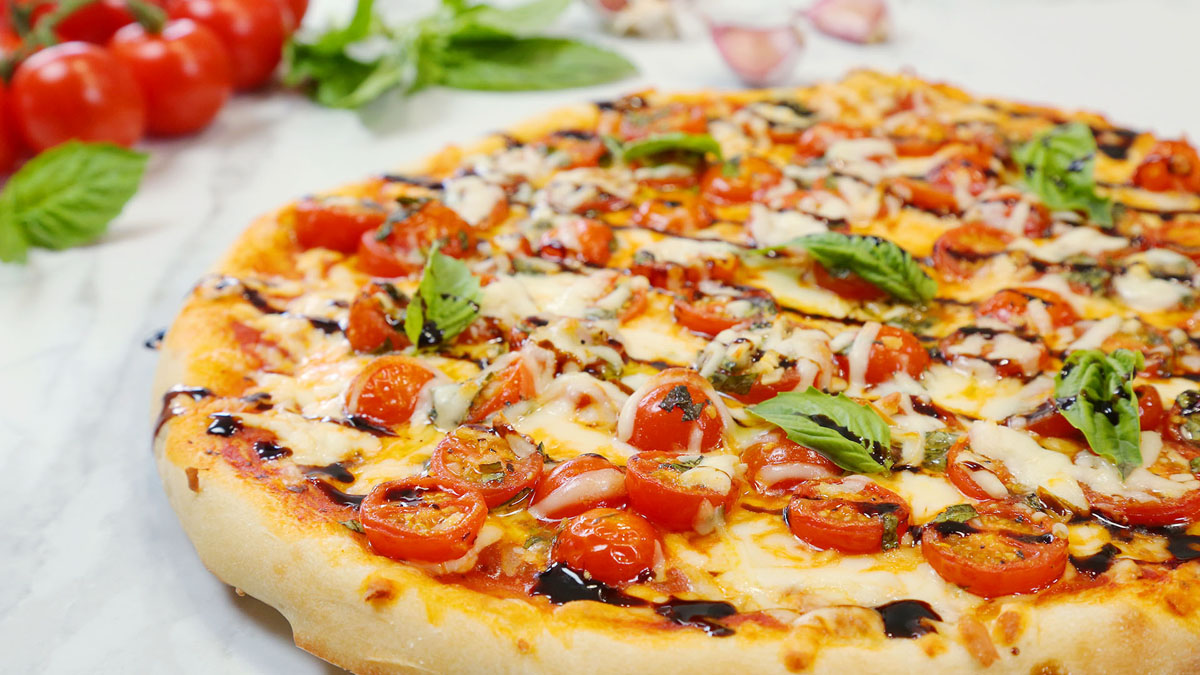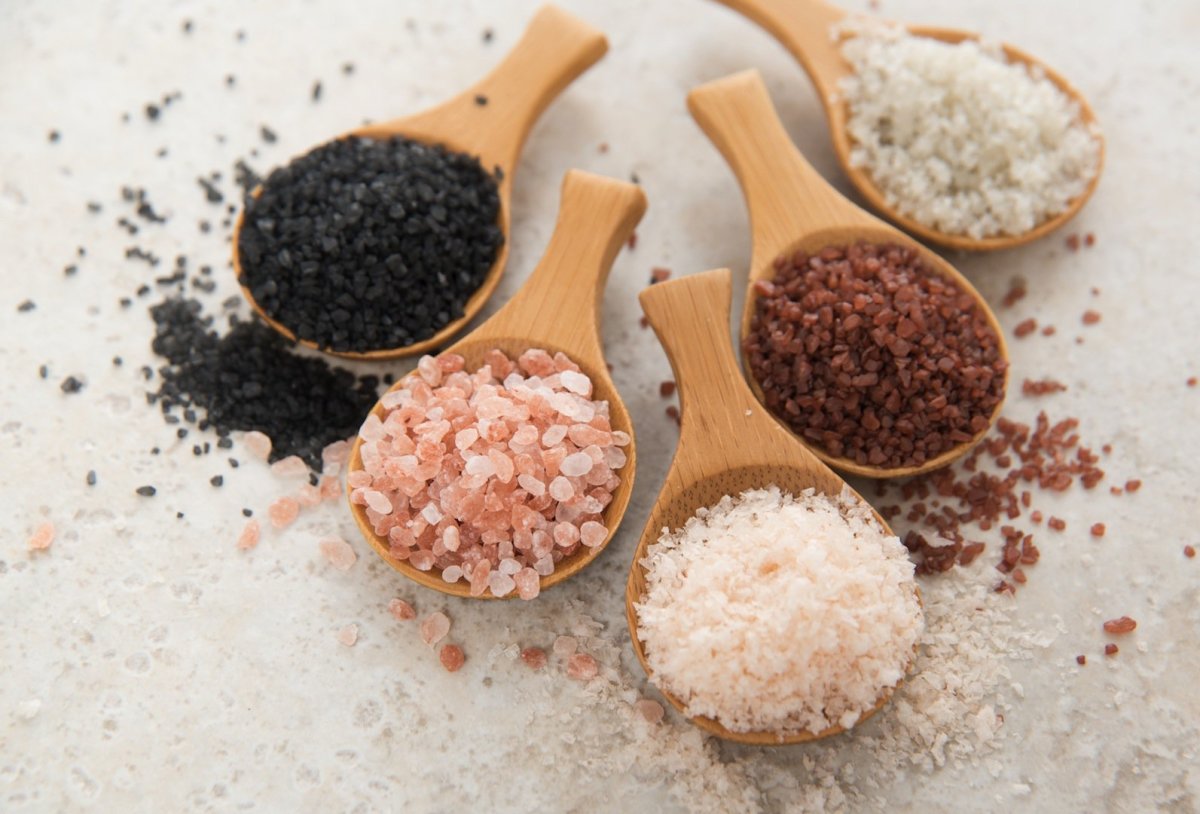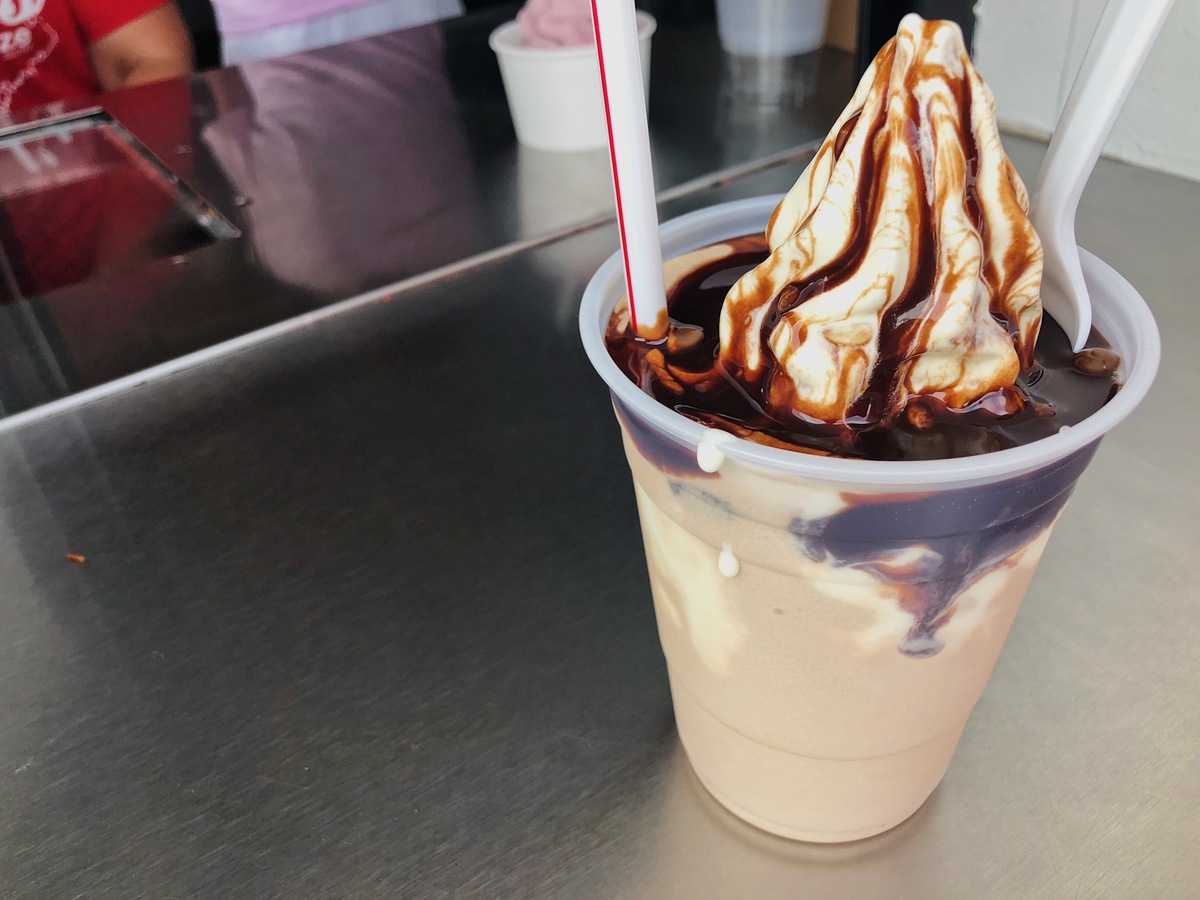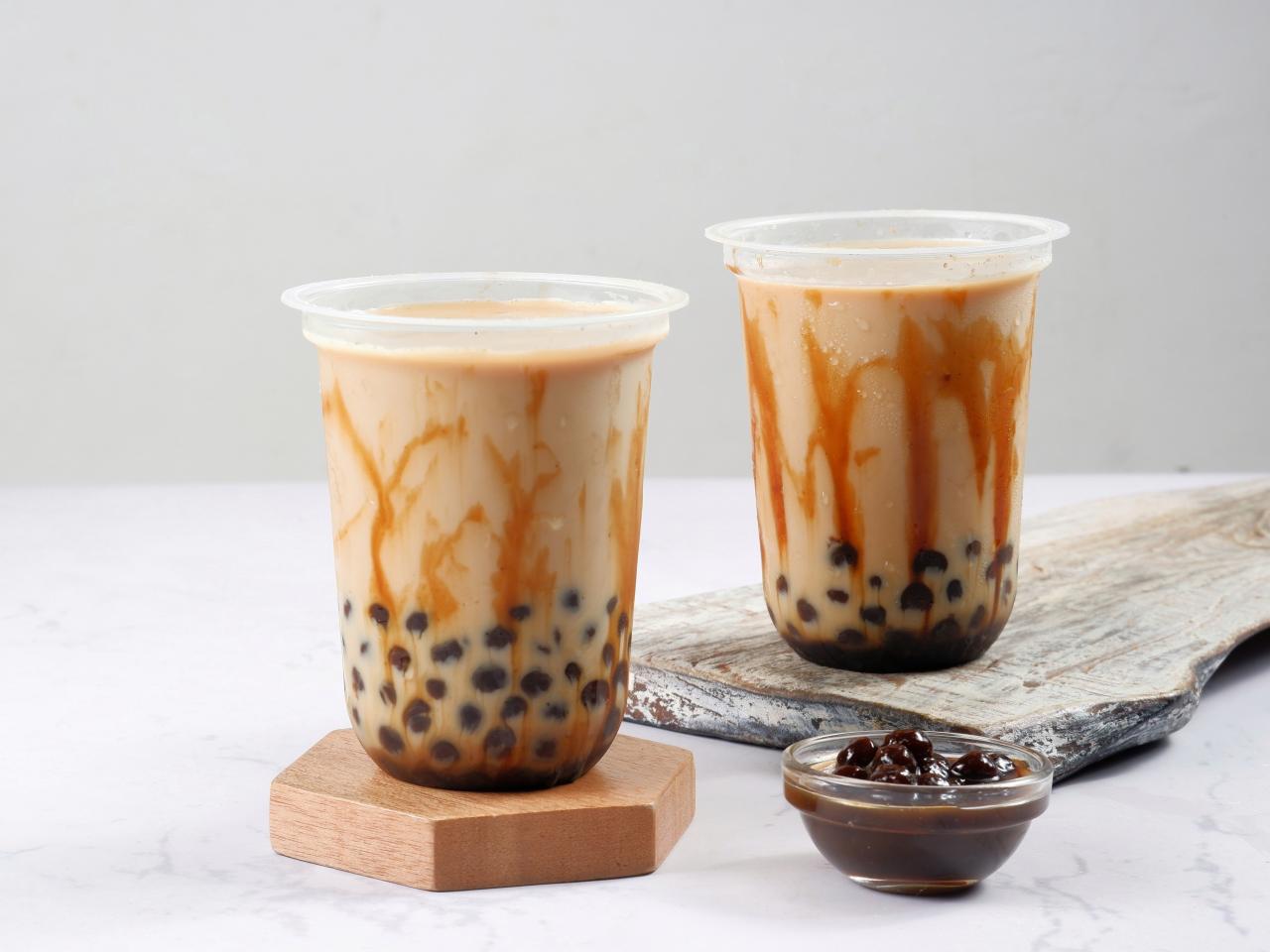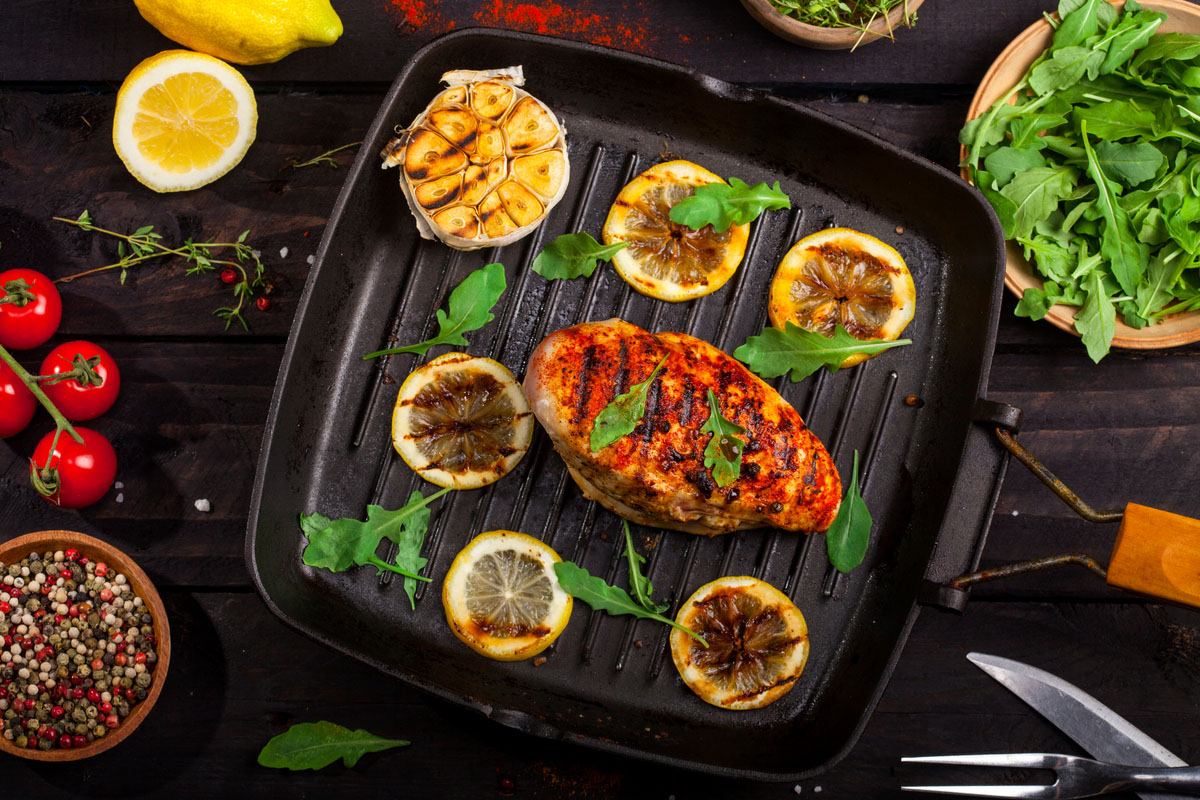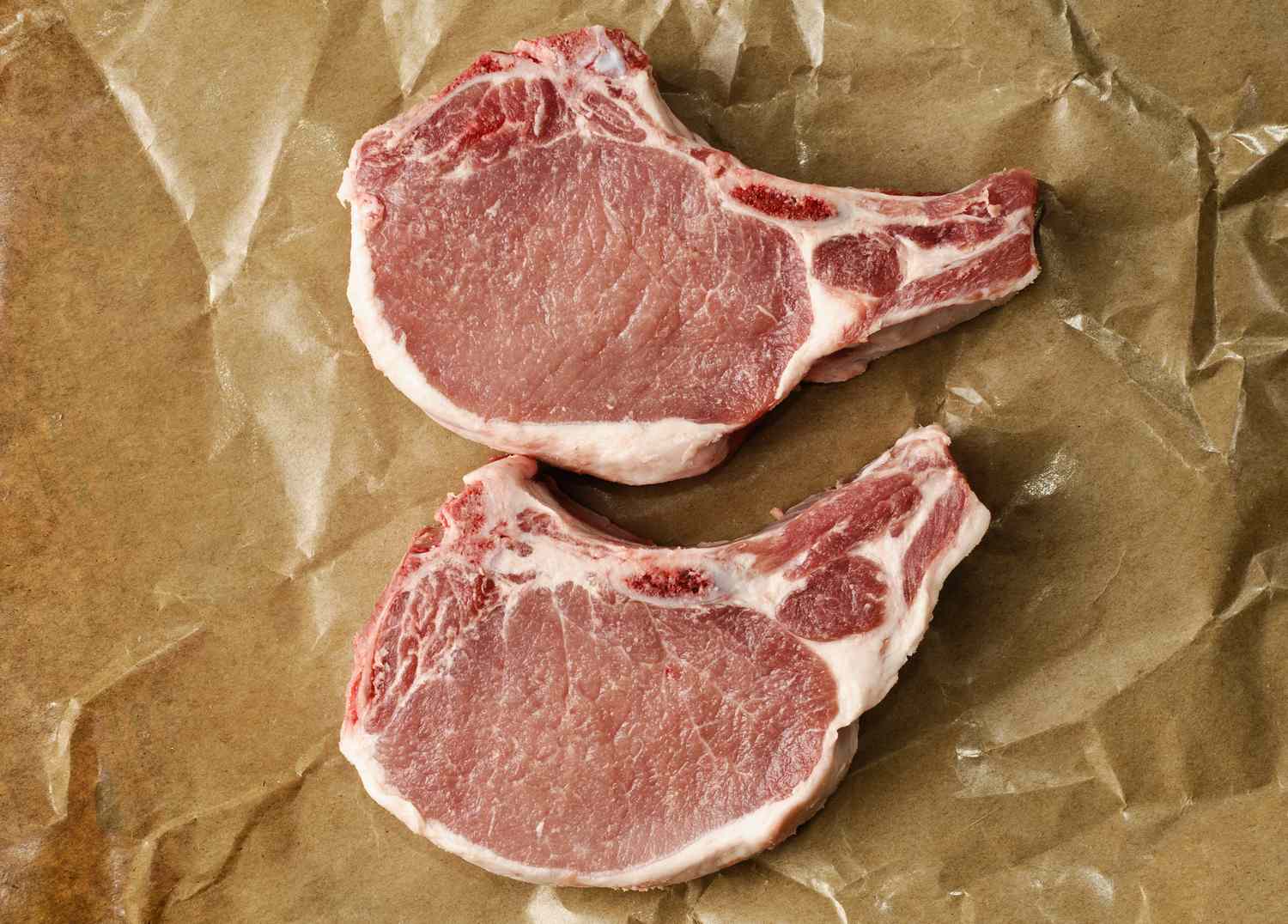Understanding Convection Bake and Bake
When it comes to baking, there are two primary methods that are commonly used: convection bake and bake. While both methods are used to achieve delicious baked goods, there are some key differences between the two that can impact the outcome of your culinary creations.
Bake
The traditional bake setting in an oven uses radiant heat to cook food. In this method, the heat source, typically located at the bottom of the oven, warms the air around it. The warm air then rises, enveloping the food and cooking it from all sides. This method is ideal for recipes that require gentle and even heat distribution, such as cakes, cookies, and casseroles.
Convection Bake
Convection bake, on the other hand, utilizes a fan to circulate hot air around the food. This fan helps to distribute the heat more evenly, resulting in faster and more consistent cooking. The circulating air also helps to remove any moisture around the food, leading to a crispy and golden exterior. Convection bake is particularly effective for recipes that benefit from a crispy crust, such as roasted vegetables, meats, and pastries.
The Key Differences
Now that we understand the basic principles of each method, let’s delve into the key differences between convection bake and bake:
- Heat Distribution: In a traditional bake setting, the heat comes from the bottom of the oven and rises naturally, while in convection bake, the fan helps to circulate the hot air, resulting in more even heat distribution.
- Cooking Time: Convection bake typically cooks food faster than the traditional bake setting due to the efficient heat circulation.
- Texture and Browning: Convection bake often leads to a crispier exterior and faster browning, while the traditional bake setting may result in a softer texture and slower browning.
- Temperature Adjustment: When using convection bake, it is common to reduce the temperature by 25°F to account for the more efficient heat distribution, whereas the traditional bake setting usually requires the standard temperature as per the recipe.
Choosing the Right Method
So, which method should you use for your baking endeavors? The answer depends on the specific recipe and desired outcome. Here are some general guidelines to help you decide:
- Use Convection Bake When:
- You want a crispy and golden exterior, such as with roasted vegetables or pastries.
- You need to cook food quickly and evenly, such as with multiple trays of cookies or pastries.
- Use the Traditional Bake Setting When:
- You are baking delicate items that require gentle and even heat distribution, such as cakes and custards.
- You want a softer texture and slower browning, such as with casseroles or lasagnas.
Conclusion
Understanding the differences between convection bake and bake can help you achieve the perfect results in your baking endeavors. Whether you’re aiming for a crispy crust or a soft, evenly baked interior, choosing the right method is essential for culinary success. By considering the heat distribution, cooking time, texture, and browning, you can confidently select the ideal baking method for each recipe, ensuring delicious and consistent results every time.
Was this page helpful?
Read Next: What Is 150 Grams To Cups
